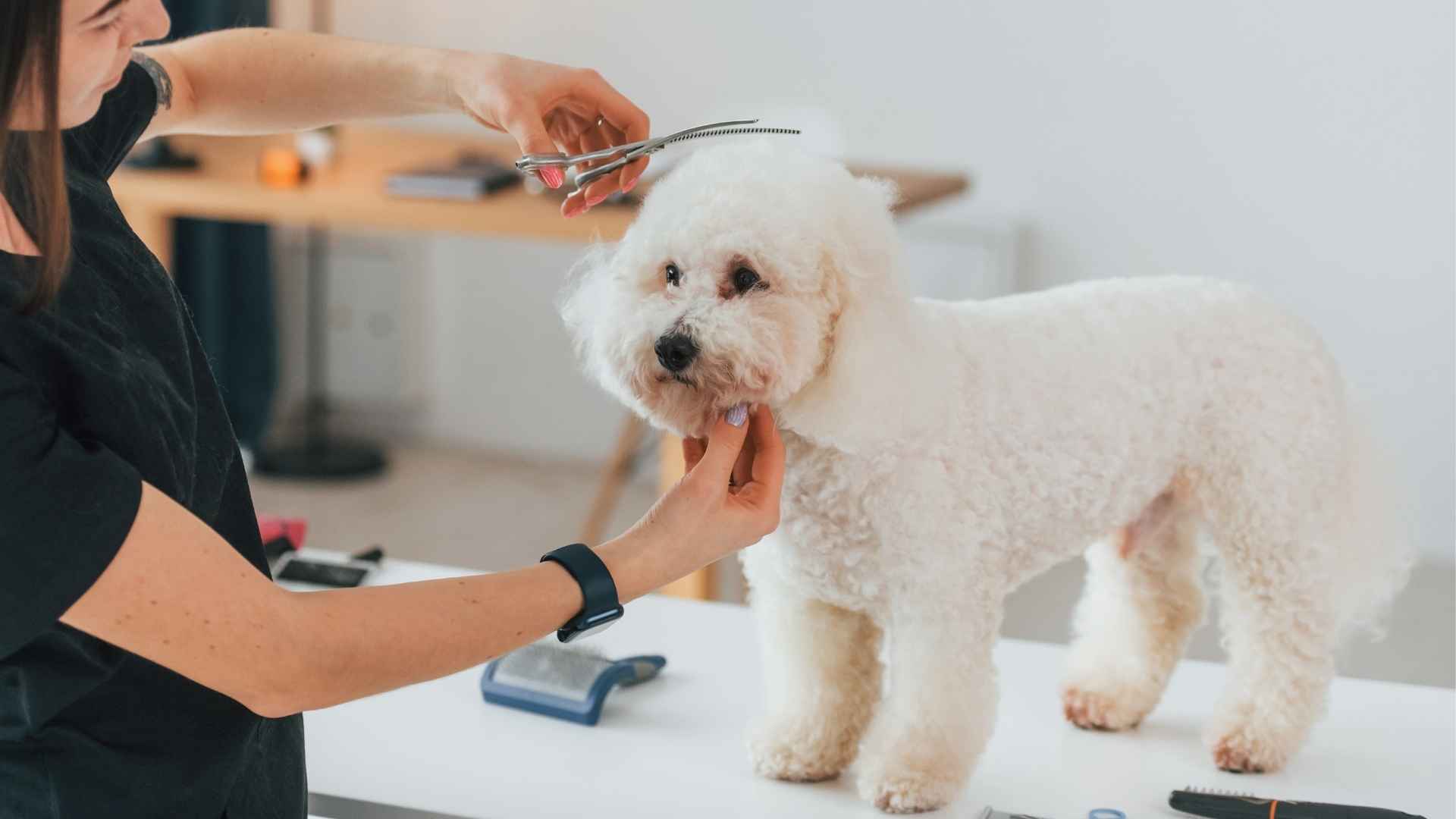Grooming isn’t just about keeping a dog looking good—it’s essential for their health and comfort. Some professional grooming required dog breeds need much more than a simple brush or occasional bath. Their luxurious coats, unique textures, and rapid hair growth demand expert care to prevent matting, skin issues, and discomfort.
From regular trims to deep conditioning treatments, these breeds require skilled hands to maintain their signature look. Neglecting their basic grooming needs can lead to tangles, infections, and mobility issues. Whether it’s silky fur requiring frequent detangling or thick curls requiring precise clipping, these dogs aren’t low-maintenance.
If you’re considering one of these high-maintenance companions, understanding their grooming demands is key to keeping them healthy, happy, and looking their best.
Professional Grooming Required Dog Breeds
1. Poodle
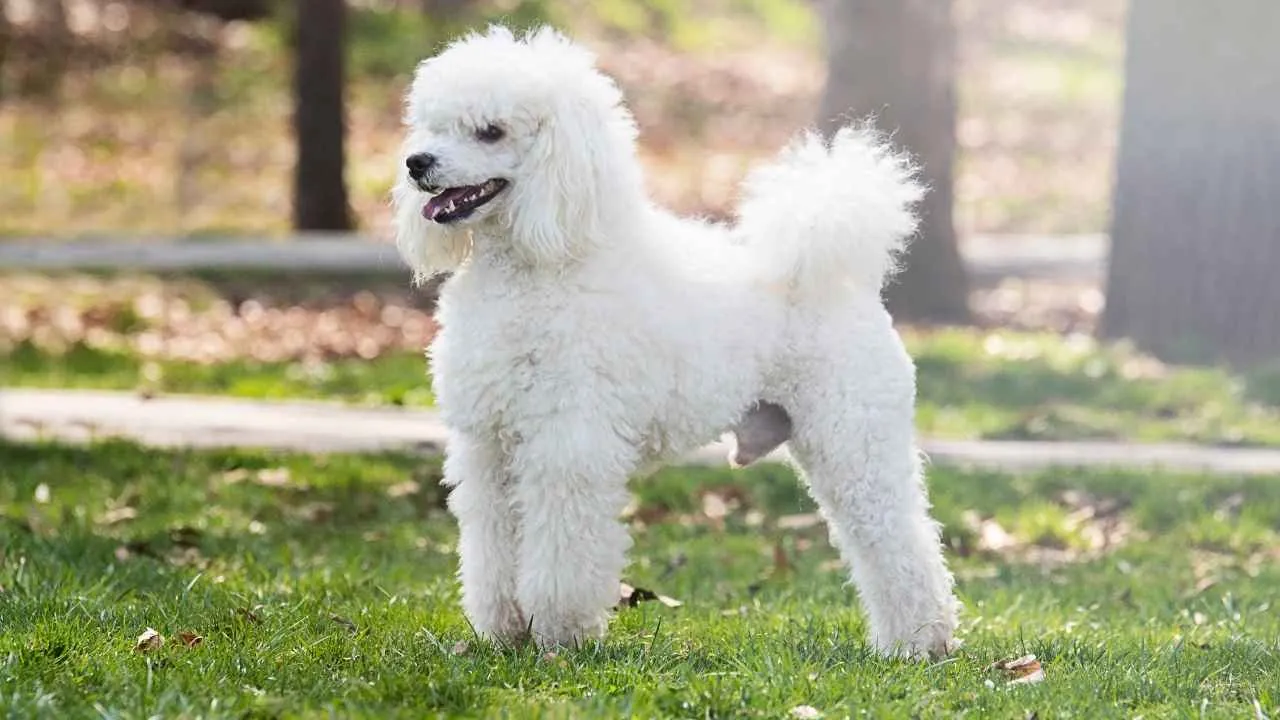
The Poodle stands out among dog breeds with its brilliant nature and distinctive curly coat. This breed is known for its hypoallergenic fur and is available in Standard, Miniature, and Toy sizes. Their thick, dense curls require frequent grooming to prevent matting and maintain a neat appearance. Without proper coat care, tangles can become problematic.
Professional grooming every four to six weeks is essential to keep their curls well-shaped. Many owners opt for stylish trims, from the classic “puppy cut” to elaborate show clips. Regular brushing at home ensures their coat stays soft and free of debris. A well-maintained Poodle is both elegant and comfortable.
Beyond their aesthetic appeal, Poodles excel in agility and obedience sports. Their sharp minds and eagerness to learn make them one of the most trainable breeds. Due to their keen intelligence, they require mental stimulation to stay happy.
Originally bred as water retrievers, Poodles possess webbed feet that aid swimming. Their athleticism and stamina make them great companions for active families. Despite their aristocratic reputation, they are playful and affectionate with their owners.
Due to their coat type’s minimal shedding, they are a popular choice for allergy sufferers. However, their coat demands commitment. Grooming neglect can lead to discomfort and potential skin infections, making regular maintenance crucial.
2. Shih Tzu

According to Britannica, the Shih Tzu, with its regal history, was once a favorite in Chinese royal palaces. Their long, flowing double coat gives them a majestic look but requires consistent upkeep. Daily brushing prevents knots and mats, ensuring a soft, tangle-free coat.
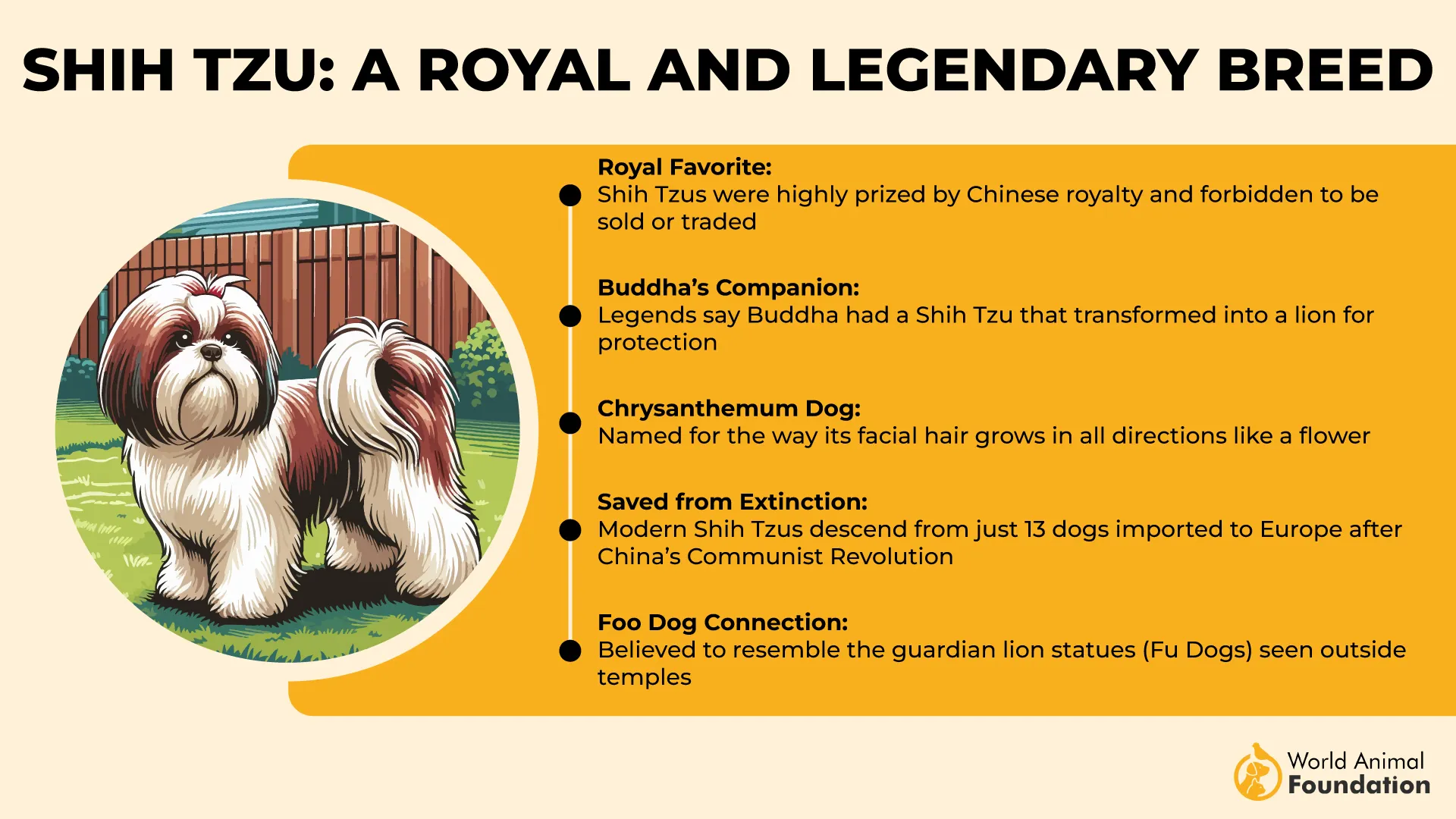
Trimming is necessary to maintain coat texture and hygiene. Many owners opt for a shorter “puppy cut” to reduce maintenance. Despite their high-maintenance fur, these dogs are easygoing and adapt well to various lifestyles.
Though small, they are sturdy and confident. Shih Tzus thrive on companionship and are known for their affectionate nature. They enjoy lounging on their owner’s lap just as much as a playful session in the yard.
Their distinctive pushed-in face can lead to breathing difficulties. Due to their short snouts, they are sensitive to heat and must be kept cool during hot weather. Regular grooming also includes facial cleaning to prevent eye infections.
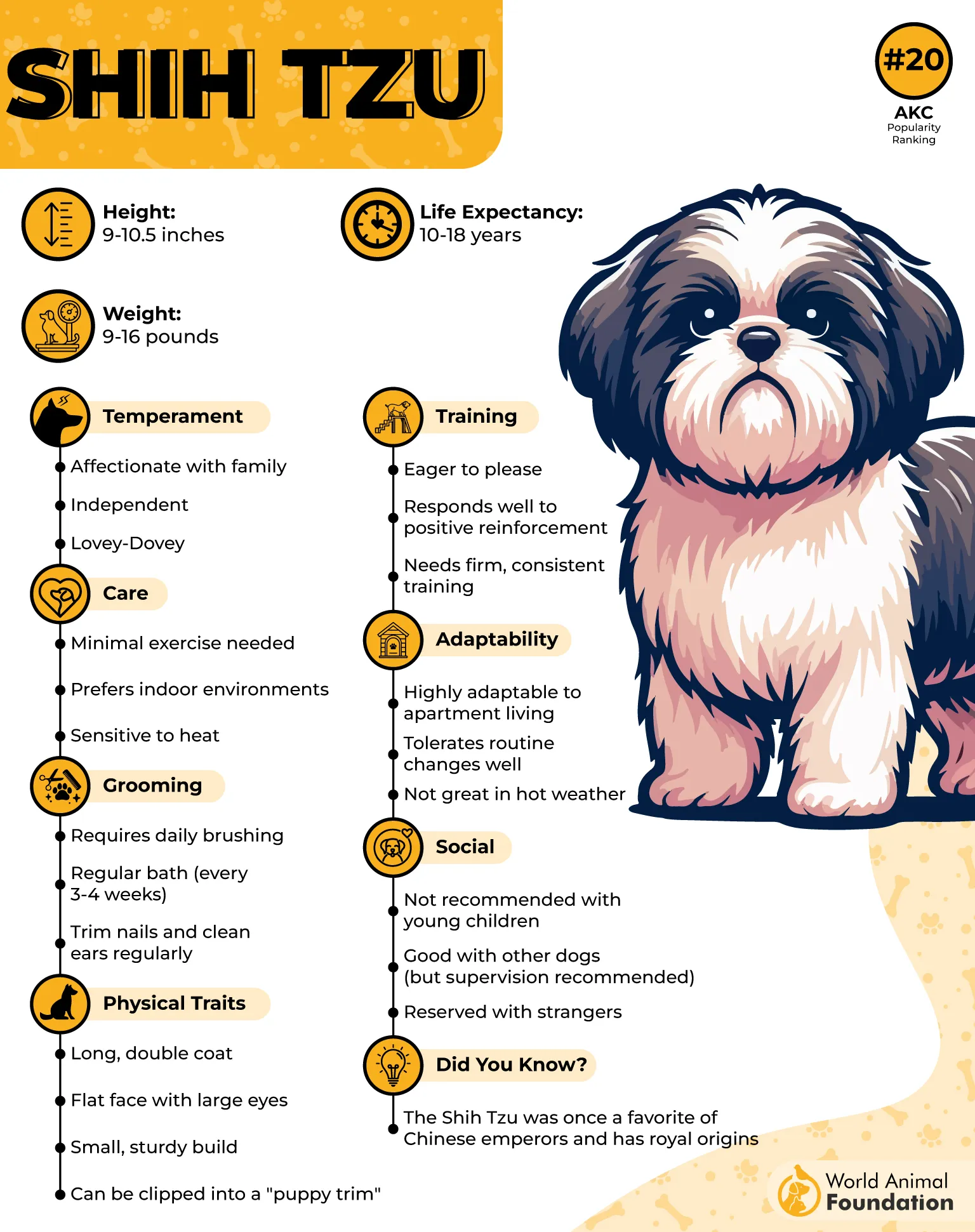
Despite their luxurious coat, Shih Tzus are not overly active. Their exercise needs are moderate, making them perfect for apartment living. Their friendly demeanor and affectionate personality make them ideal companions for all ages.
3. Bichon Frise

The Bichon Frise is best recognized for its plush, cotton-like curls. This small breed has a charming personality and thrives on human interaction. Their thick, curly fur requires frequent professional grooming to maintain its signature soft texture.
Brushing multiple times a week helps prevent matting and keeps their coat fluffy. Many owners prefer a rounded trim to enhance their teddy bear-like appearance. Regular ear and eye cleaning is essential for their overall hygiene.
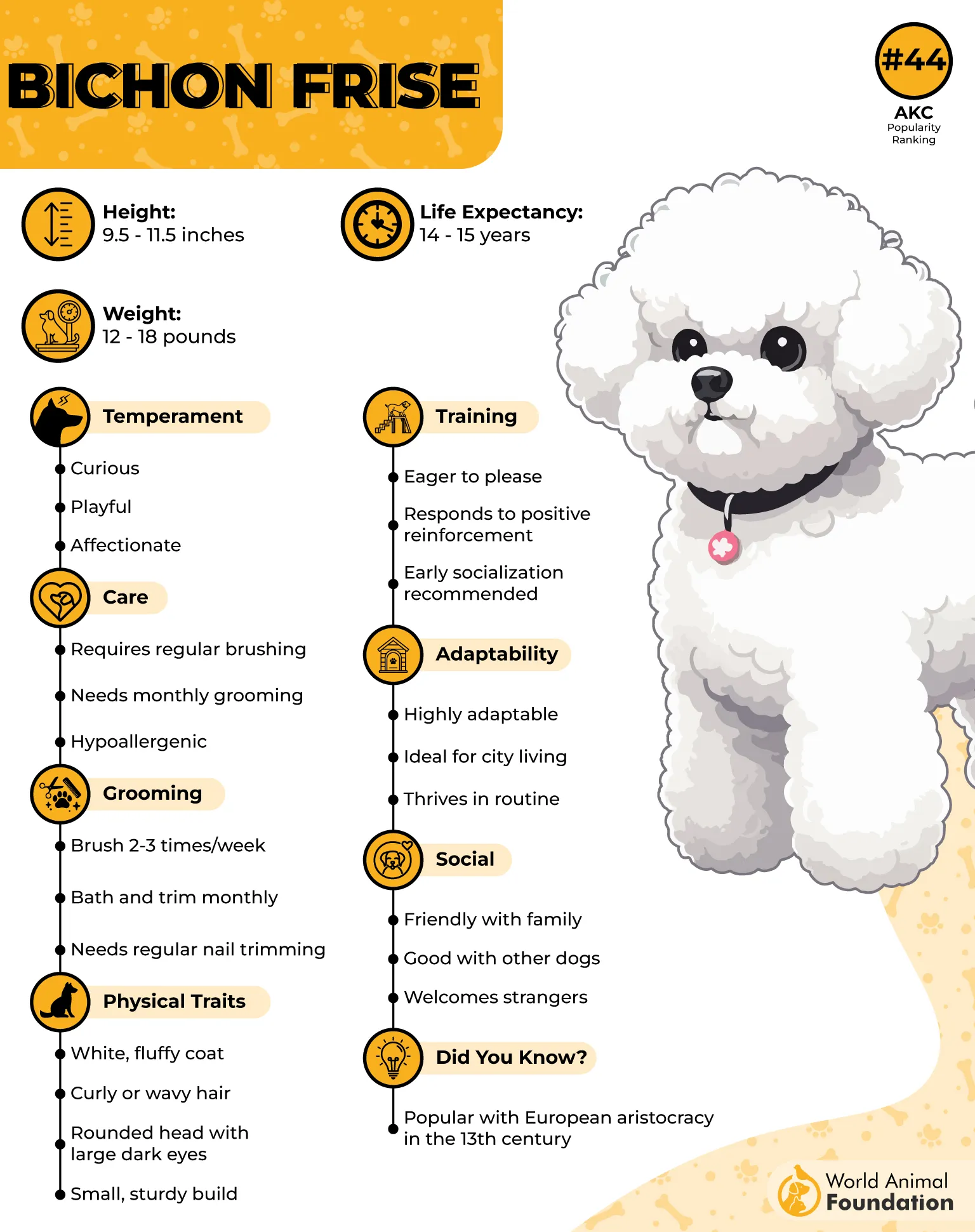
Known for their cheerful nature, Bichons are highly sociable. They get along well with children and other pets, making them an excellent family addition. Their playful antics and joyful demeanor make them a source of constant amusement.
Historically, Bichons were popular among European royalty. Their elegant coat and lively personalities made them a symbol of nobility. Today, they are adored for their affectionate and adaptable nature.
Unlike some small breeds, they are relatively active. Daily playtime and short walks help maintain their health and prevent obesity. Their hypoallergenic coat makes them a preferred choice for allergy-prone owners.
4. Cocker Spaniel
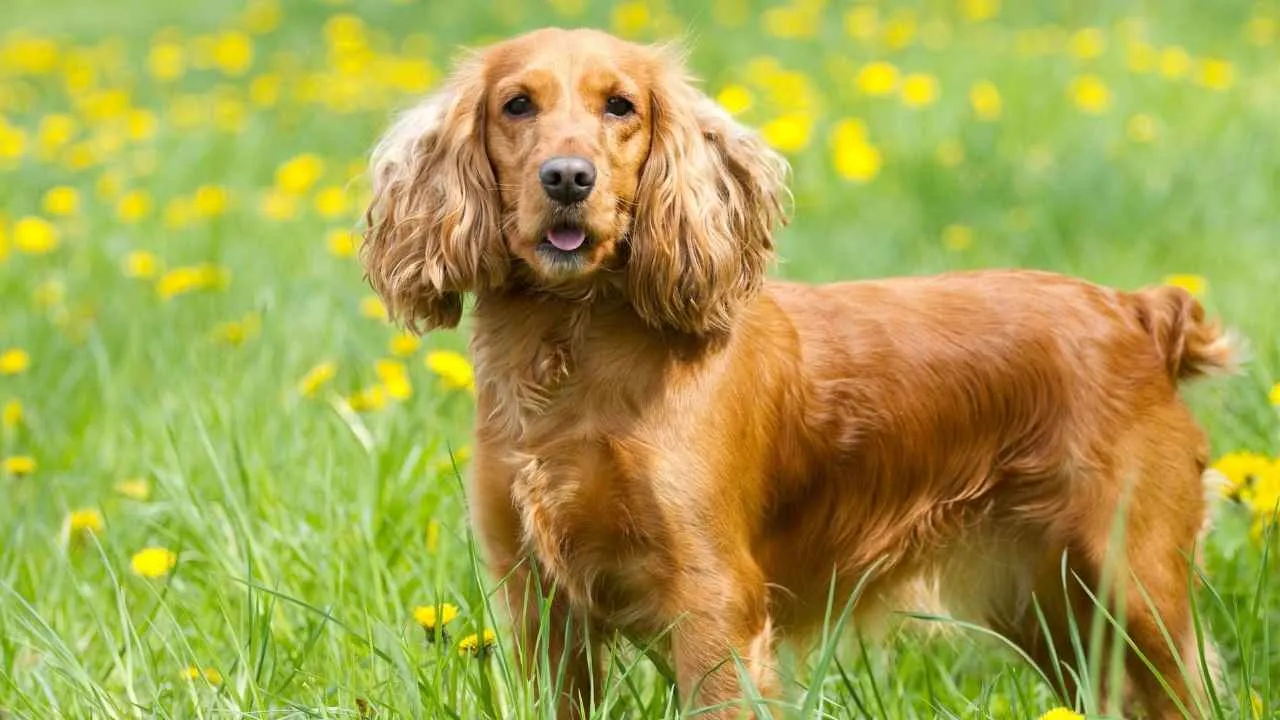
Cocker Spaniels are well-loved for their soulful eyes and silky, feathered coat. Their luxurious fur requires routine grooming to maintain its smooth texture. Regular brushing prevents tangles, especially around their ears and chest.
Due to their long ears, they are prone to ear infections. Cleaning their ears frequently is crucial to avoid bacterial buildup. Many owners trim loose hair from the fur around their paws to keep them tidy and prevent debris accumulation.
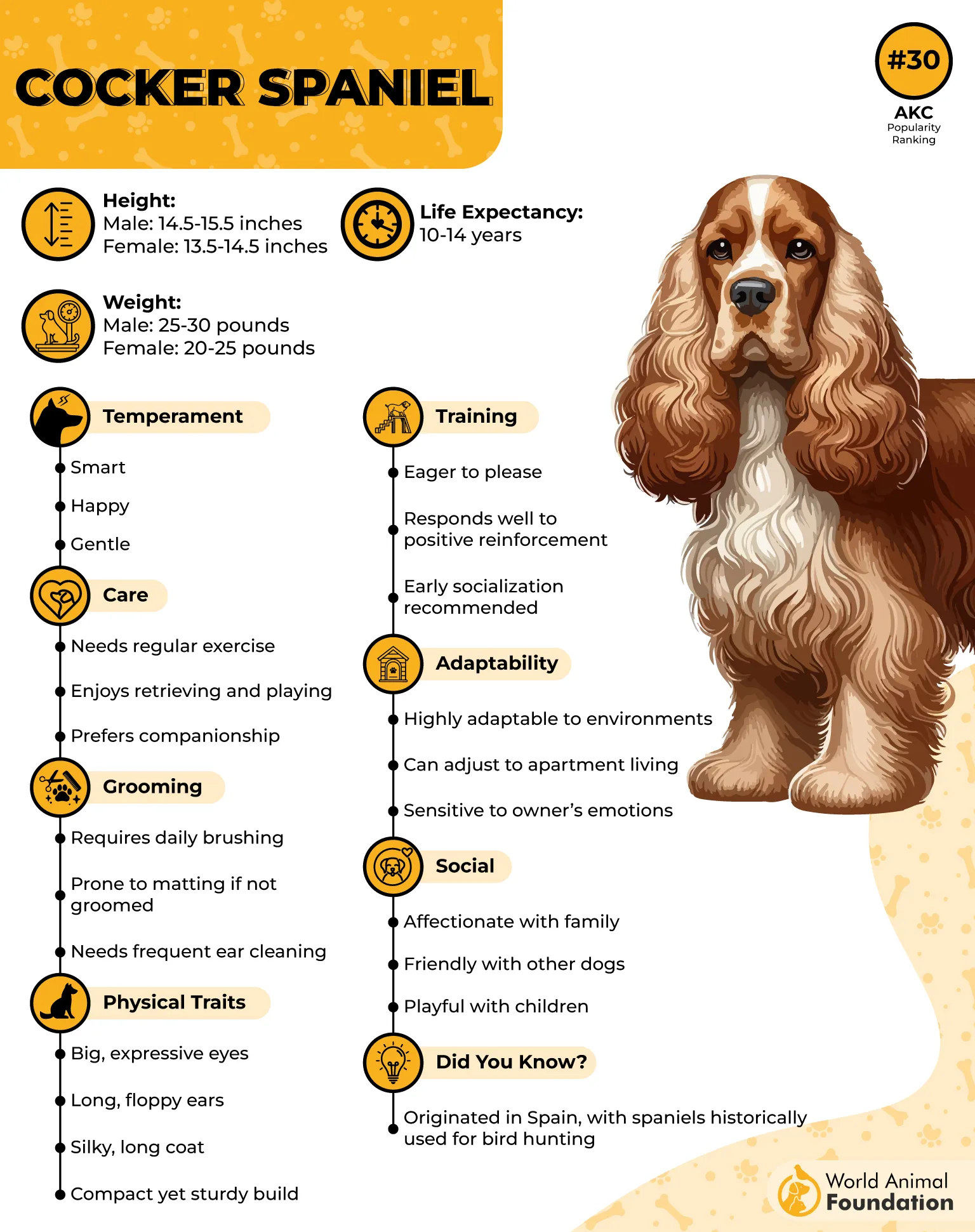
Cockers are affectionate, energetic dogs that enjoy companionship. They are highly trainable and excel in obedience and agility activities. Their friendly nature makes them a great choice for families with children.
This breed has a history as a hunting dog, particularly skilled in flushing out game birds. Their keen sense of smell and love for retrieving remain strong today. Despite their sporting background, they adapt well to indoor living when given enough exercise.
The services of a professional groomer ensure their coat stays healthy and enhances their natural beauty. Maintaining their coat also prevents skin infections and improves their overall well-being.
5. Afghan Hound
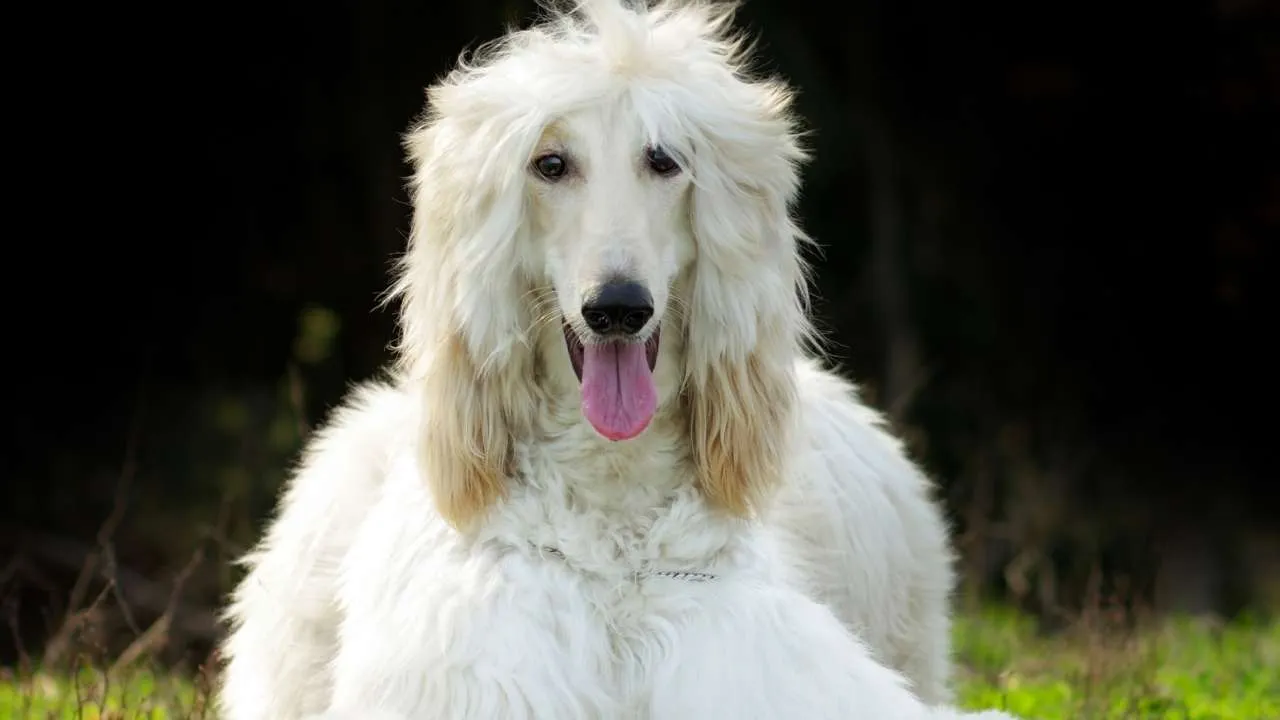
The Afghan Hound is a picture of grace with its long, flowing coat and regal posture. Originally bred for hunting in the mountains of Afghanistan, this breed developed a thick, silky coat for protection against harsh weather conditions.
Their long, fine hair requires extensive grooming. Daily brushing prevents tangles, while regular baths keep their coat clean and manageable. Professional grooming every few weeks is necessary to maintain their elegant appearance.
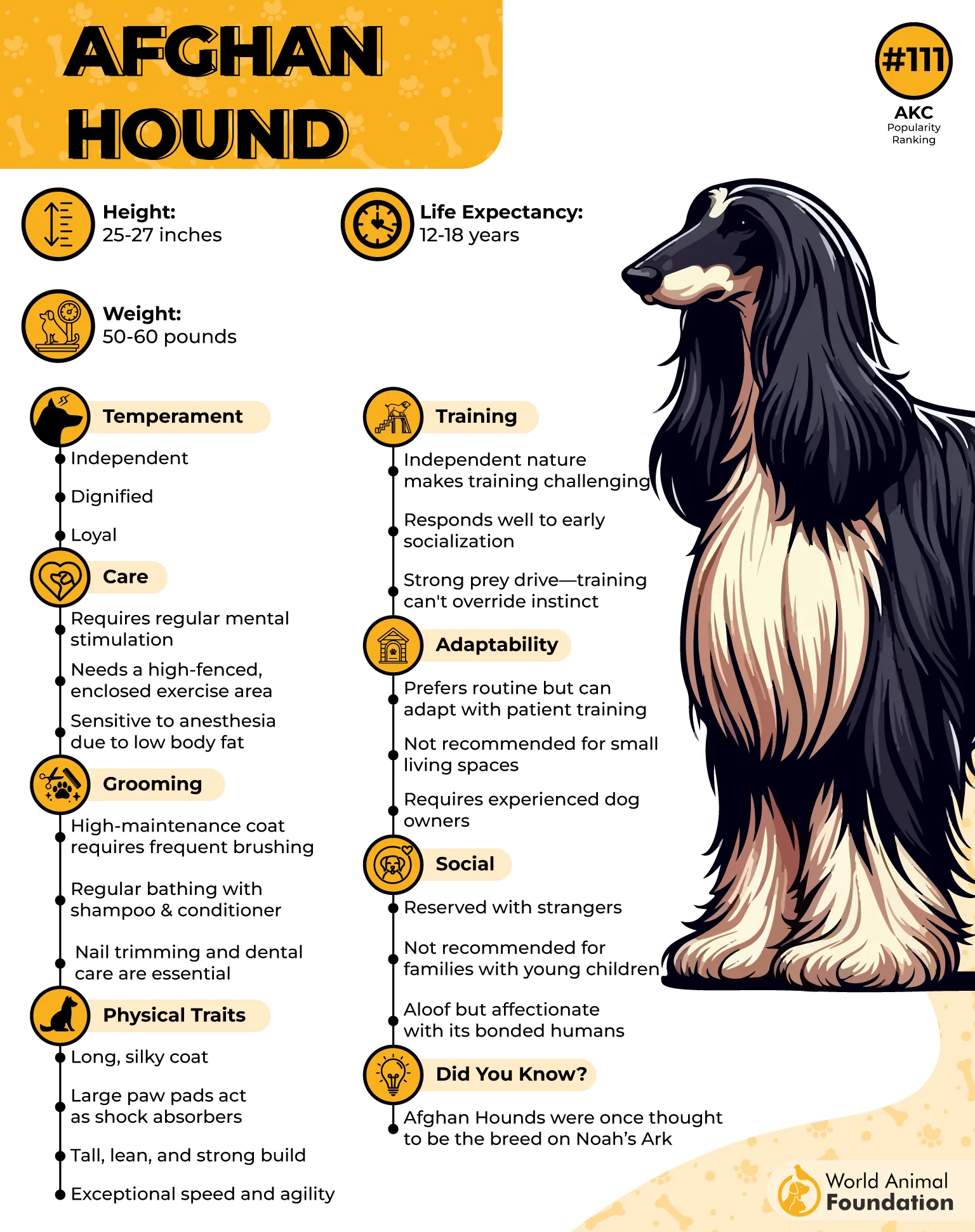
Afghans are known for their independent nature, says AKC. Unlike many affectionate breeds, they are more reserved and dignified. However, they form strong bonds with their owners and enjoy companionship on their terms.
With their athletic build and high energy levels, they need regular exercise. Their history as hunters makes them excellent runners, capable of great speed and agility. A secure yard or leash walks are essential due to their strong prey drive.
While their beauty is captivating, these long-haired breeds are not ideal for first-time owners. Their grooming demands and independent personalities require patience and experience. However, for those willing to commit, they make truly unique companions.
6. Komondor

The Komondor, also known as the Hungarian sheepdog, is famous for its distinctive corded coat, as described by WebMD. These cords develop naturally and serve as protection against harsh weather and predators. Their unique coat demands meticulous care to prevent dirt buildup and odor.
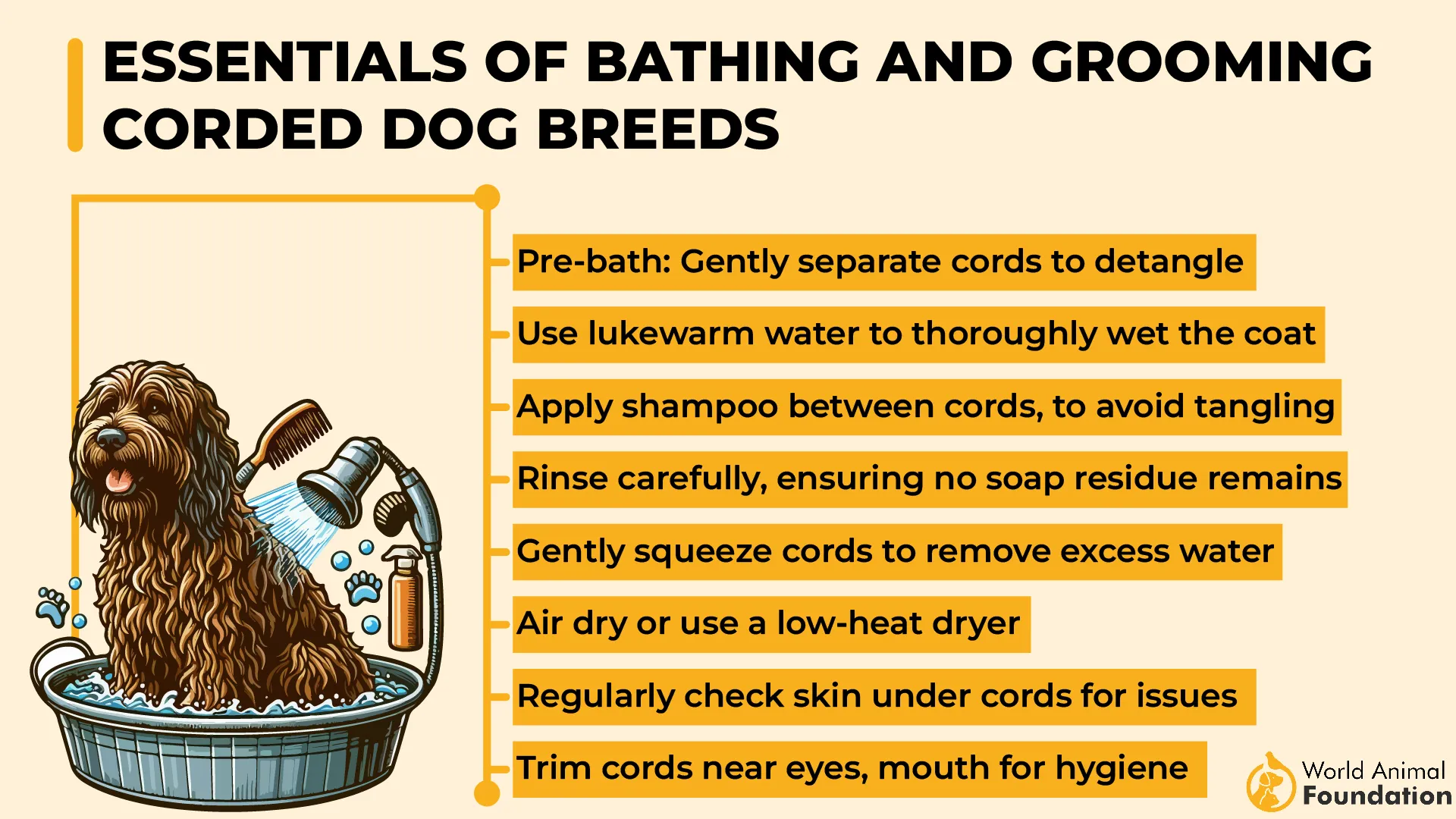
Unlike other breeds, they do not require frequent brushing, but separating the cords is essential. Regular bathing is crucial, though drying can take hours due to their dense fur. Their coat acts as insulation, keeping them cool in summer and warm in winter.
Komondors are natural guardians, originally bred to protect livestock. Their protective instincts make them excellent watchdogs. They are highly intelligent but require firm training and socialization.
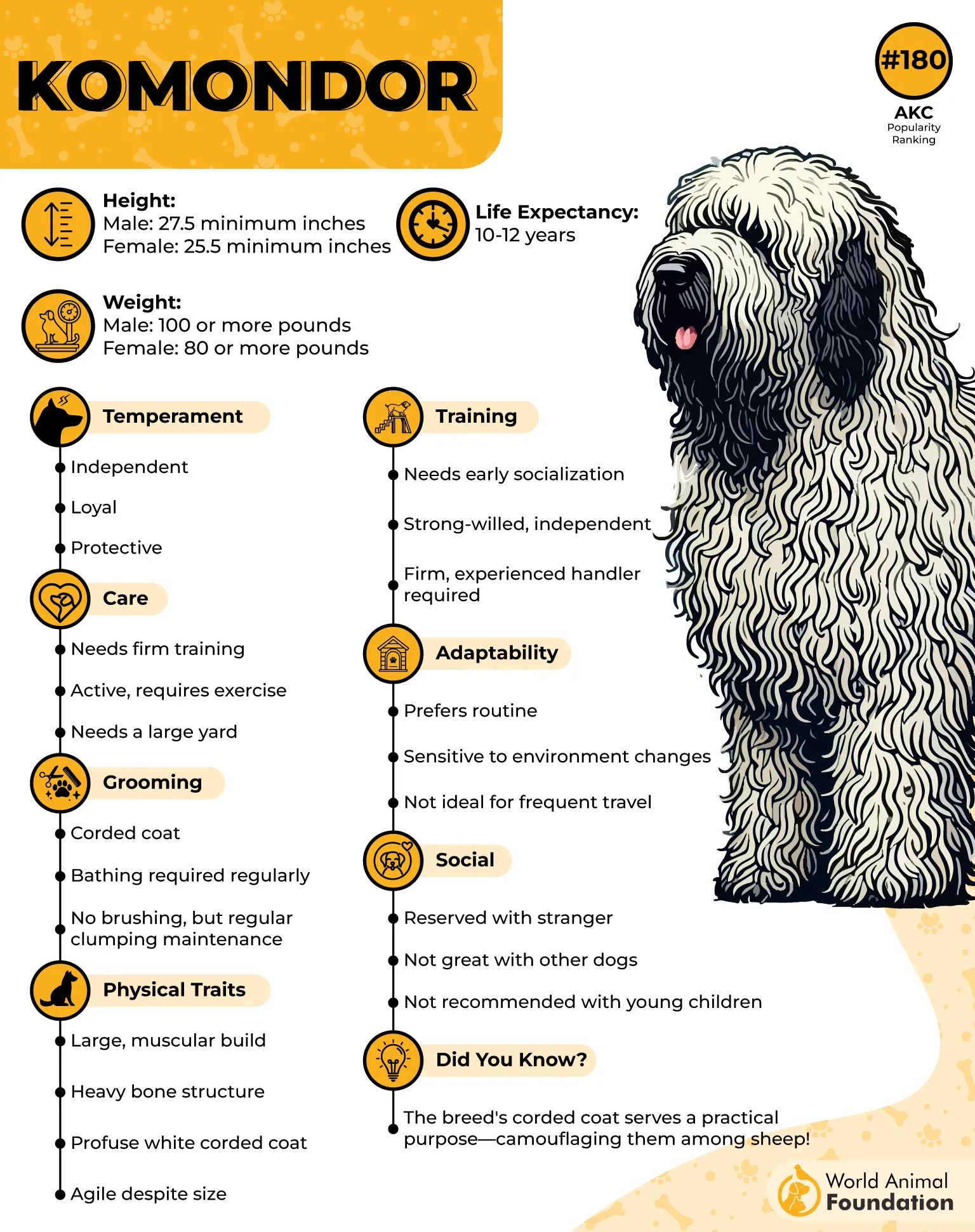
Despite their imposing appearance, they are gentle and affectionate with their families. They thrive in spacious environments where they can roam freely. Apartment living is not suitable for this large, active breed.
Owning a Komondor requires dedication to coat maintenance. Their grooming needs are unlike any other breed, making them a fascinating yet demanding companion.
7. Lhasa Apso

The Lhasa Apso, originally bred as a monastery watchdog in Tibet, is a small but confident breed. Their long, dense coat requires constant care to remain smooth and tangle-free. Many owners keep their fur trimmed short for easier maintenance.
Brushing several times a week prevents knots, while routine bathing keeps their coat clean. Their fur also needs trimming around the face to prevent eye irritation. Professional grooming helps maintain their signature, elegant appearance.
Despite their small size, they have a strong-willed and independent nature. They are excellent watchdogs, alert and cautious with strangers. However, they are loving and affectionate with their families.
Their thick coat provides warmth in colder climates but requires extra care in hot weather. Keeping them cool is important to prevent overheating. Due to their history in mountainous regions, they are sturdy and resilient.
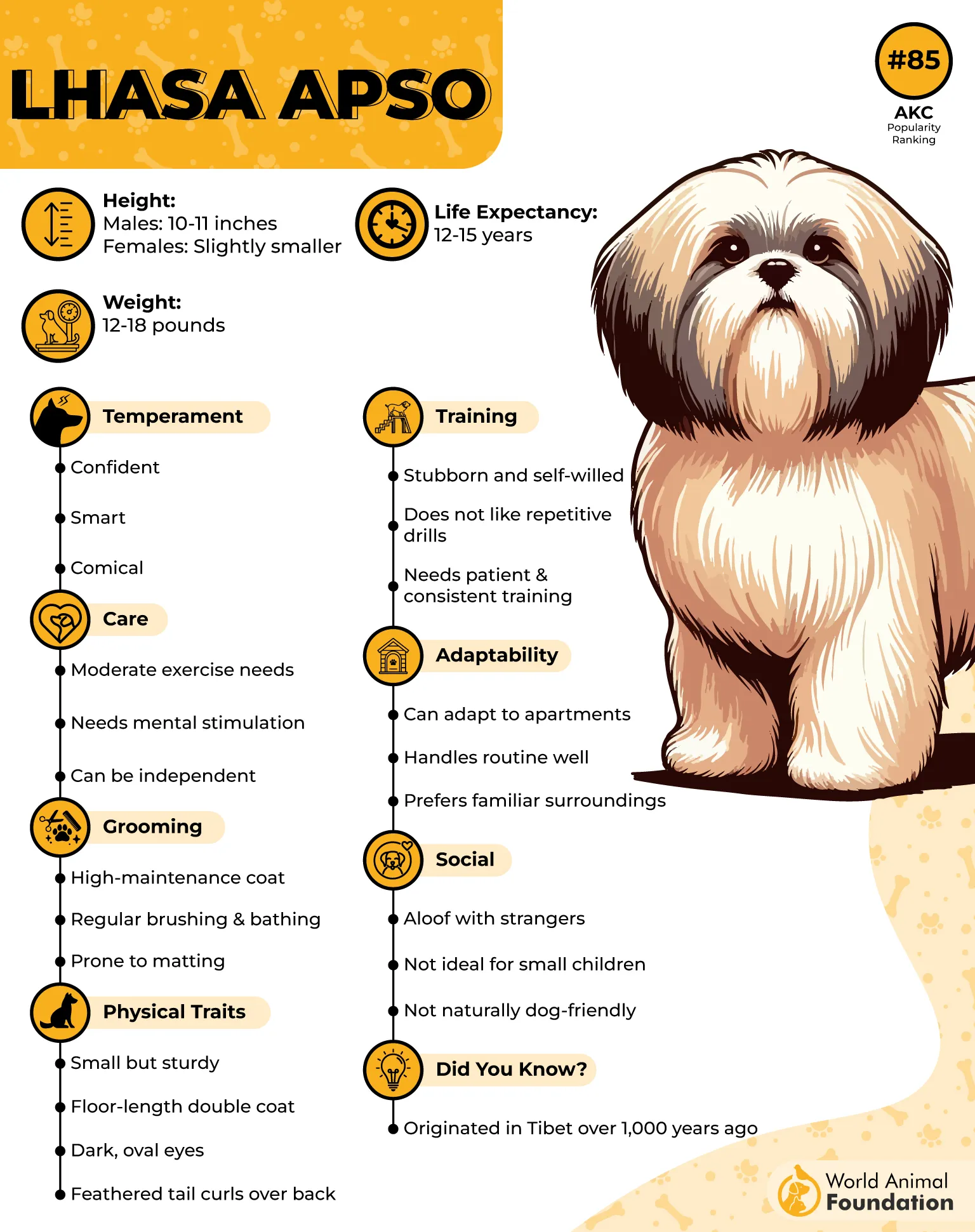
Owning a Lhasa Apso means committing to lifelong grooming needs. Their coat is their most striking feature, requiring patience and regular upkeep. For those willing to invest time, they are loyal and loving companions.
Conclusion
Proper coat care is essential for certain breeds, ensuring their well-being and signature appearance. Their fur can become tangled without a consistent grooming routine, leading to discomfort and potential skin infections.
Each breed has unique needs, from weekly brushing to distributing natural oils. Double-coated breeds like the Golden Retriever and Siberian Husky need regular grooming sessions to maintain a healthy coat and manage shedding seasons.
Understanding the grooming needs of various dog breeds ensures they remain comfortable and happy. Whether you use a slicker brush for a Poodle, an undercoat rake for double-coated breeds, or schedule professional grooming sessions, these high-maintenance breeds thrive with the right care. Investing time in their coat health keeps them looking great while enhancing their overall well-being.


